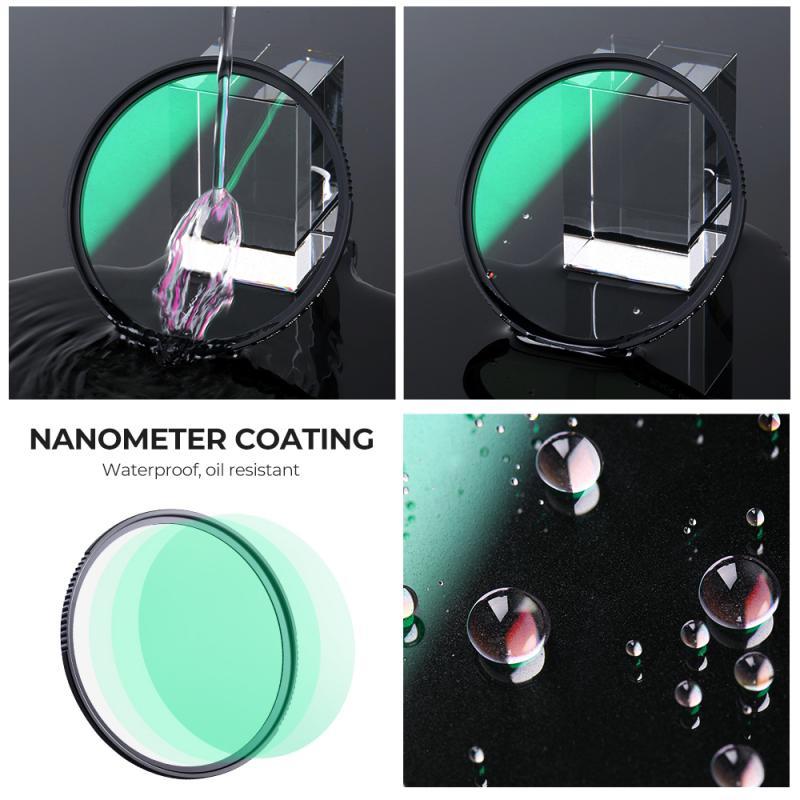To set up the Moultrie A5 trail camera, follow these steps:
1. Insert batteries: Open the battery compartment and insert the required number of batteries as indicated in the camera’s user manual.
2. Insert memory card: Locate the memory card slot and insert a compatible memory card. Ensure it is properly inserted and locked in place.
3. Configure settings: Turn on the camera and use the menu buttons to navigate through the settings. Adjust options such as image resolution, video length, time-lapse intervals, and trigger sensitivity according to your preferences.
4. Mount the camera: Choose a suitable location for your camera, preferably near a trail or area where you want to capture wildlife activity. Use the provided strap or mount to secure the camera to a tree or post.
5. Test and adjust: Before leaving the camera unattended, test it by walking in front of the sensor to ensure it captures images or videos as expected. Make any necessary adjustments to the camera’s position or settings.
6. Check and retrieve data: Periodically check the camera to retrieve the captured images or videos. Use a card reader or connect the camera directly to a computer to transfer the data.
Remember to consult the camera’s user manual for detailed instructions specific to the Moultrie A5 model.
1、 Choosing the right location for your Moultrie A5 trail camera
Choosing the right location for your Moultrie A5 trail camera is crucial to ensure optimal performance and capture the best wildlife footage. Here are some steps to help you set up your Moultrie A5 trail camera effectively:
1. Research and scout the area: Before setting up your trail camera, it’s important to research and scout the area you plan to monitor. Look for signs of wildlife activity such as tracks, droppings, or feeding areas. This will help you determine the best location to place your camera.
2. Consider the angle and height: When setting up your Moultrie A5 trail camera, make sure to position it at the right angle and height. Aim the camera slightly downward to capture the entire animal in the frame and avoid capturing only the top of their heads. Mount the camera at a height that is appropriate for the type of wildlife you want to capture.
3. Choose a strategic location: Look for natural funnels, trails, or pinch points where wildlife is likely to pass through. These areas increase your chances of capturing animals on camera. Additionally, consider placing the camera near a water source or food plot to attract more wildlife.
4. Test the camera’s detection range: Before leaving your camera unattended, test its detection range. Walk in front of the camera at different distances to ensure it captures motion accurately. Adjust the sensitivity settings if necessary.
5. Secure the camera: To prevent theft or damage, secure your Moultrie A5 trail camera with a sturdy lock or cable. Place it out of sight from potential thieves, but ensure it has a clear view of the area you want to monitor.
6. Check and maintain regularly: Once your camera is set up, periodically check the batteries, memory card, and camera settings. Clear any vegetation that may obstruct the camera’s view and adjust the position if needed.
Remember, technology is constantly evolving, and new features may be available for the Moultrie A5 trail camera. Stay updated with the latest user manual or online resources to make the most of your camera’s capabilities.

2、 Mounting and securing the Moultrie A5 trail camera properly
To set up the Moultrie A5 trail camera, follow these steps:
1. Choose the right location: Look for an area with high wildlife activity, such as game trails, feeding areas, or water sources. Ensure that the camera is facing the desired direction and is not obstructed by branches or other objects.
2. Mount the camera: Use the provided strap or mounting bracket to secure the camera to a tree or post. Make sure it is tightly fastened to prevent movement or theft. The camera should be positioned at a height of about 3-4 feet for optimal results.
3. Insert batteries and SD card: Open the battery compartment and insert the required number of batteries (usually 8 AA batteries). Then, insert an SD card into the designated slot. Ensure that the batteries are inserted correctly and that the SD card is properly aligned.
4. Configure settings: Turn on the camera and navigate through the menu using the buttons or LCD screen. Set the desired resolution, image quality, and other settings according to your preferences. The Moultrie A5 typically offers options for photo or video mode, trigger speed, delay between captures, and more.
5. Test the camera: Before leaving the camera unattended, take a few test shots to ensure that it is capturing images or videos correctly. Review the test shots to verify the desired settings and adjust if necessary.
6. Secure the camera: To prevent theft or tampering, consider using a security box or cable lock to further secure the camera. These accessories can provide an extra layer of protection and peace of mind.
Remember to periodically check the camera, replace batteries as needed, and retrieve the SD card to view and download the captured images or videos. By properly mounting and securing the Moultrie A5 trail camera, you can maximize its effectiveness in capturing wildlife activity.

3、 Adjusting the camera settings for optimal performance
To set up the Moultrie A5 trail camera, follow these steps:
1. Insert Batteries: Open the battery compartment and insert the required number of batteries as indicated in the camera’s manual. Ensure they are inserted correctly and close the compartment securely.
2. Insert SD Card: Locate the SD card slot and insert a compatible memory card. Make sure it is properly inserted and locked into place.
3. Mount the Camera: Choose a suitable location for your camera, preferably near a game trail or area of interest. Use the provided strap or mount to secure the camera to a tree or post. Ensure it is stable and positioned at the desired angle.
4. Adjust Camera Settings: Turn on the camera and navigate through the menu using the buttons or LCD screen. Set the date and time accurately to ensure proper timestamping of images. Adjust other settings such as image resolution, video length, and trigger sensitivity according to your preferences.
5. Test the Camera: Before leaving the camera unattended, test it by walking in front of the camera’s field of view. Check if the camera captures clear images or videos and adjust the settings if necessary.
6. Secure the Camera: To prevent theft or tampering, consider using a security box or cable lock to secure the camera to the mounting location.
7. Maintain the Camera: Regularly check the camera for battery life and SD card capacity. Replace batteries and empty the SD card as needed to ensure uninterrupted operation.
It is important to note that the Moultrie A5 trail camera is an older model, and newer models with advanced features and technology are available. It is recommended to refer to the camera’s manual for specific instructions and consult the manufacturer’s website for any firmware updates or additional support.

4、 Inserting and formatting the SD card in the Moultrie A5 trail camera
To set up the Moultrie A5 trail camera, the first step is to insert and format the SD card. This is an essential part of the setup process as it allows the camera to store the captured images and videos.
To begin, locate the SD card slot on the trail camera. It is usually located on the bottom or side of the camera, and it is a small slot where the SD card can be inserted.
Once you have found the SD card slot, gently push the SD card into the slot until it clicks into place. Make sure to insert the SD card with the metal contacts facing down and the label facing towards you.
After inserting the SD card, turn on the trail camera by pressing the power button. The camera will automatically detect the SD card and prompt you to format it. Formatting the SD card prepares it for use with the camera and ensures optimal performance.
To format the SD card, follow the on-screen instructions provided by the camera. This usually involves navigating through the camera’s menu using the arrow buttons and selecting the format option. Confirm the formatting process, and the camera will erase any existing data on the SD card and prepare it for use.
It is important to note that formatting the SD card will delete any existing files, so make sure to back up any important data before proceeding.
Once the SD card is formatted, the Moultrie A5 trail camera is ready to be set up for capturing wildlife images and videos. Remember to follow the manufacturer’s instructions for configuring other settings such as date and time, image resolution, and trigger sensitivity to ensure optimal performance.


